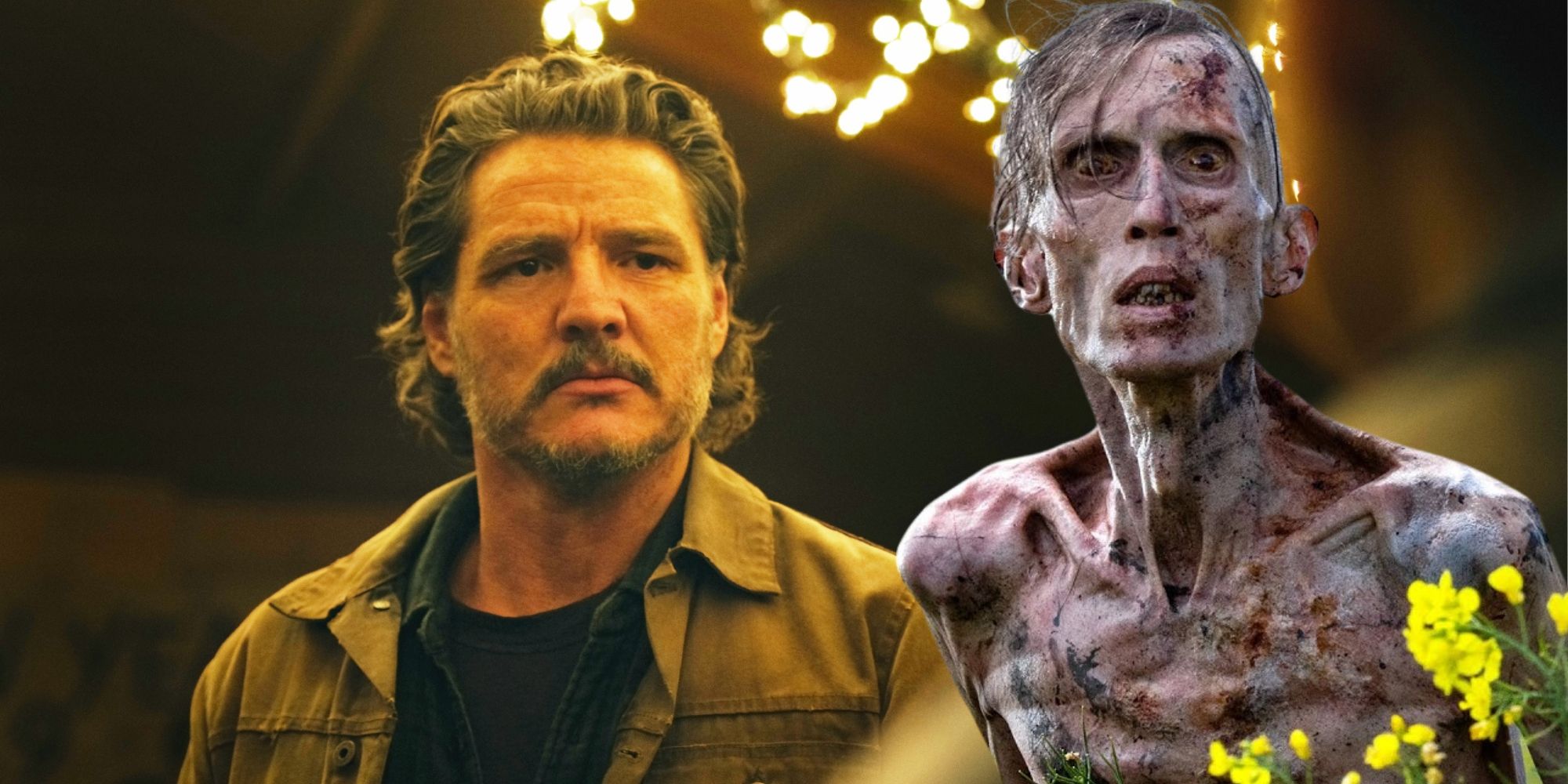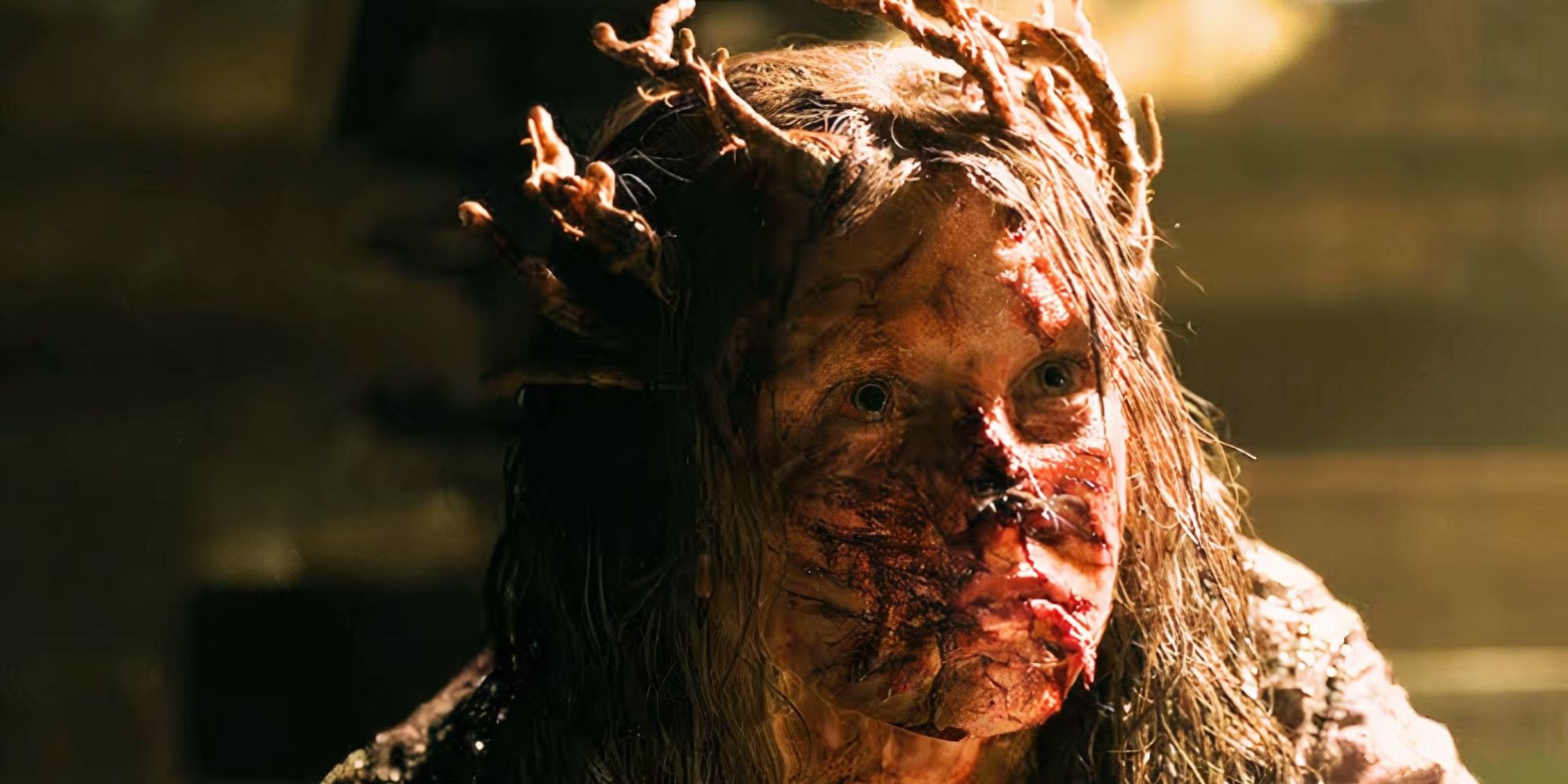
Summary
- 28 Years Later is inspired by The Last of Us and features fast, aggressive zombies like in 28 Days Later.
- The film showcases a child-parent dynamic similar to Joel and Ellie’s adventures, with themes of survival and dangerous secrets in a quarantine zone.
- Garland reworked the script for 28 Years Later, taking inspiration from The Last of Us, aiming for a more sophisticated and impactful storyline.
Excitement is mounting for the long-awaited sequel, 28 Years Later. The upcoming work of Alex Garland in the zombie genre has recently unveiled a new trailer, and it’s evident that this continuation draws inspiration from another renowned undead series.
28 Days Later marked a significant evolution in the genre of zombie films. As a British adaptation of a long-established Hollywood genre, it offered a fresh perspective on the undead. Directed by Danny Boyle, renowned for his works like Trainspotting (1996) and Slumdog Millionaire (2008), and written by Alex Garland, whose filmography includes projects such as Civil War (2024) under A24, this duo breathed new life into the zombie concept. Unlike traditional Hollywood zombies that were slow and lumbering, these creatures in 28 Days Later are fast, aggressive, and highly contagious due to the Rage Virus, a blood-borne disease causing extreme rage in its hosts. This deadly virus transforms ordinary people into terrifying beings, and their speed reshaped audience perceptions of these corrupted corpses. The film’s impact extended to other series like The Last of Us (2023), which adopted a similar style of zombies, contributing to the ongoing evolution of the medium with its distinct innovations.
In a recent episode of “Creator to Creator,” filmmaker Alex Garland and Neil Druckmann, the creator-writer of The Last of Us, talked about how they have significantly impacted each other’s work throughout the years. The Last of Us has left a significant mark on the zombie genre, building upon themes from 28 Days Later. In Druckmann’s world, humans have been infected by a disease originating from a real-life fungus called Cordyceps. This fungus controls smaller lifeforms like ants and, in The Last of Us, has evolved to affect mammals due to changing climates. This chilling portrayal of the undead is more terrifying than 28 Days Later because it is based on a real-life fungus with ties to our world.
In The Last of Us, the zombies share some similarities with those seen in 28 Days Later, but Naughty Dog’s Neil Druckmann introduced multiple stages for his Cordyceps-infected creatures, which is something that 28 Days Later lacks. The types of zombies in The Last of Us evolve from runners to stalkers, clickers, and bloaters as the game progresses. Similar to 28 Days Later, Druckmann’s work also delves into the exploration of the human condition during an apocalypse, but it significantly amplifies the threat posed by humanity. In The Last of Us, society is much more broken down than in 28 Days Later, and the world is filled with dangerous cannibals and ruthless scavengers. Additionally, the disease in The Last of Us is deeply intertwined with the emotional journeys of its characters, as Ellie is immune to Cordyceps, and Joel’s desperate search for a cure to save her symbolizes the tough choices people must make in this post-apocalyptic world.
The 28 Days Later Writer Raves About How The Last of Us Has Inspired His New Film

28 Years Later appears to draw heavy influence from Druckmann’s work. The story unfolds in a secluded island community named Hosy Island, which is enclosed by the sea much like Jackson or the FEDRA quarantine zone in Boston. In this new narrative, there’s a significant focus on a complex child-parent relationship between Jamie (Aaron Taylor-Johnson) and Spike (Alfie Williams), echoing Joel and Ellie’s journey across the wilderness. The latest trailer for 28 Years Later hints at cultish communities that worship death, an advanced variant of the Rage Virus, and a creature resembling a bloater in appearance.
On the Creator to Creator podcast, Garland openly acknowledged that The Last of Us outshone his own work. He lavished praise upon Druckmann.
I find ‘The Last of Us’ superior to ’28 Days Later.’ To put it simply, ‘The Last of Us’ seems far more sophisticated and engaging. It almost feels as though I’m asking, ‘What other game could possibly compare?’
In 2019, a draft for the movie “28 Years Later” had been prepared by Garland, but his former collaborator and director Danny Boyle seemed uninterested in the COVID-19 themed script. As Garland knew Boyle well, he could tell that he wasn’t genuinely keen on the project. Consequently, Garland decided to pen a fresh version of the script, aiming for something more substantial. What eventually emerged bore a striking resemblance to “The Last of Us” in narrative style. Garland admitted that the latter series had left an indelible impression on him. In return, Druckmann acknowledged that the creatures from “The Last of Us” were inspired by Garland’s work from 2002.
There’s a clear link connecting the swiftly infecting entities in ’28 Days Later’ and those in ‘The Last of Us’.
Garland further discussed the origins of “28 Years Later,” tracing it back to the “Resident Evil” series, a survival zombie video game from 1996. It’s intriguing to observe how the zombie trend permeates various forms of cinema and gaming, influencing each other in this unusual relationship that could rival the Cordyceps brain infection for complexity. Now, the film that inspired “The Last of Us” is completing a loop with a new installment due out this year, continuing to innovate and explore fresh ideas within the genre. Essentially, “28 Years Later” marks the start of a new trilogy, not just a follow-up to its early 2000s counterparts.
Audiences can catch 28 Years Later, which is set to release in theaters exclusively on 20th June.
Read More
- All Exploration Challenges & Rewards in Battlefield 6 Redsec
- Upload Labs: Beginner Tips & Tricks
- Byler Confirmed? Mike and Will’s Relationship in Stranger Things Season 5
- Top 8 UFC 5 Perks Every Fighter Should Use
- Best Where Winds Meet Character Customization Codes
- Grounded 2 Gets New Update for December 2025
- 2026’s Anime Of The Year Is Set To Take Solo Leveling’s Crown
- 8 Anime Like The Brilliant Healer’s New Life In The Shadows You Can’t Miss
- Battlefield 6: All Unit Challenges Guide (100% Complete Guide)
- Discover the Top Isekai Anime Where Heroes Become Adventurers in Thrilling New Worlds!
2025-04-19 20:44